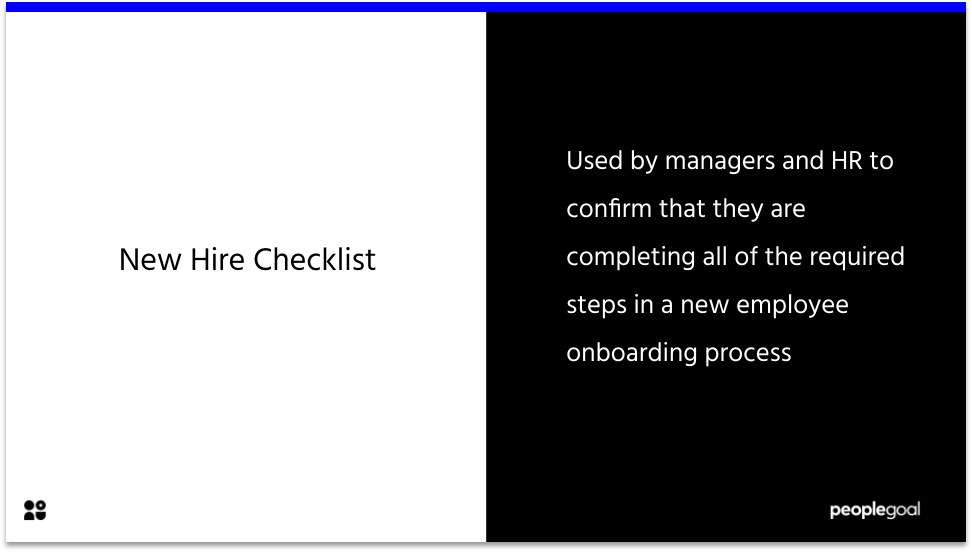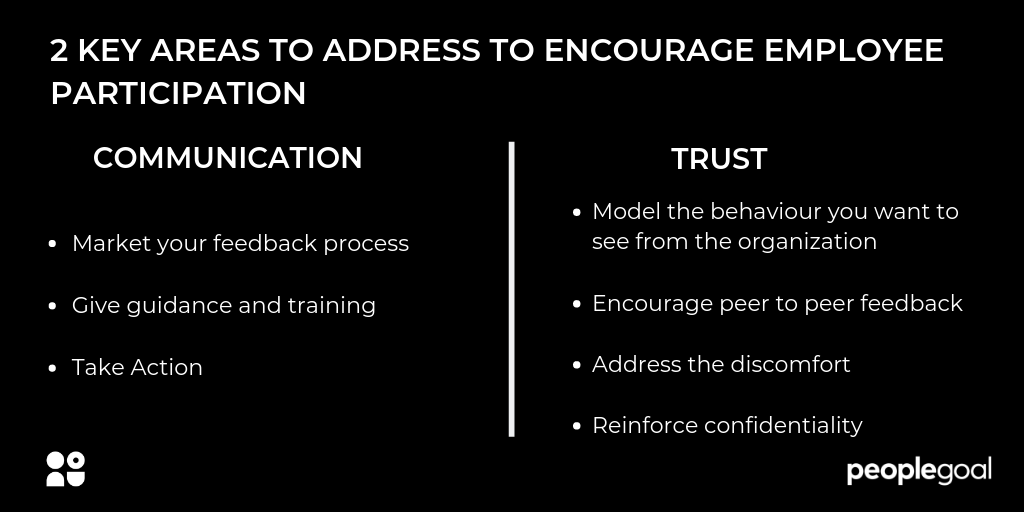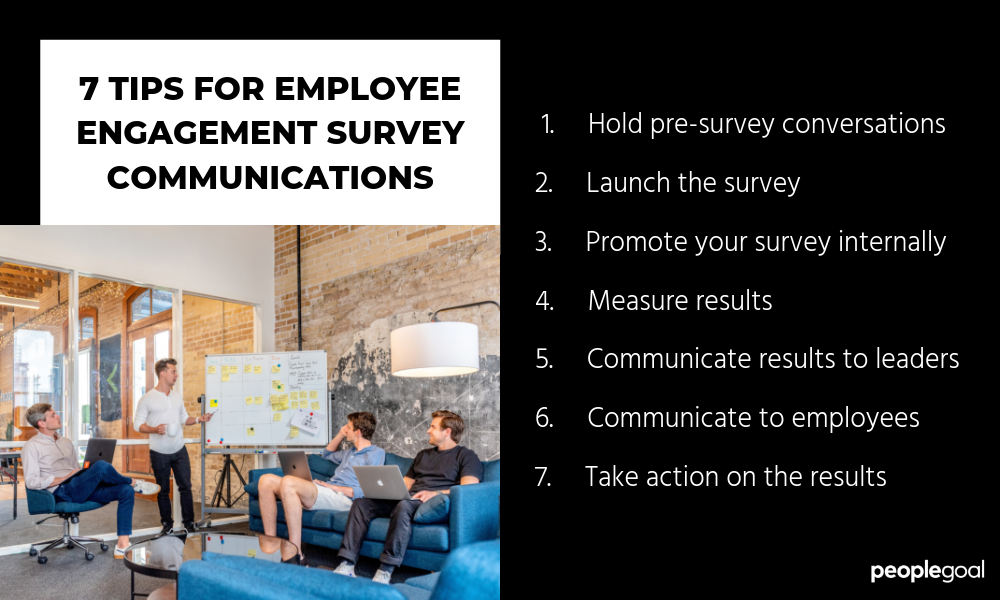Human Resources Management were forced to adapt quickly to COVID-19 as many organizations was unprepared for the scale of the pandemic. The aim was to change their practices to maximise employee performance and productivity as everyone worked from home. As we explore how this occurred, it is important to consider how HR will now adapt to flexi-working as employees return to the office and we transition into a new normality.
What is Human Resources Management?
Human Resources Management (HRM) is an umbrella term that describes managing the people belonging to an organization alongside its company culture.
Human Resources Departments manage human capital. This includes people, their skills, and their abilities. This is an organization’s most valuable asset and HR Professionals must find a balance between employee satisfaction and business profitability
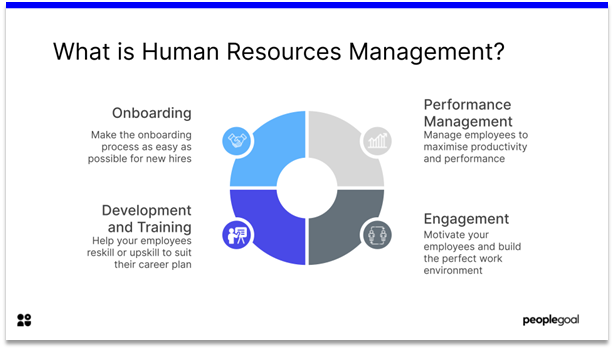
Who Works in Human Resources Management?
HRM employees often have a Bachelor Degree or Master of Science, and prior experience or knowledge in business administration.
Why is Human Resources Management Important?
It is important for organizations to have good HRM for the full life cycle of an employee to maximize long-term employee retention. This begins with staffing (recruitment and selection) and continues through to training and development. It is a form of talent management that boosts employee commitment and company loyalty.
HRM aims to lower employee turnover to reduce training and hiring costs. This involves motivating employees through compensation and benefits administration. HR Departments improve employee performance and productivity with employee benefits. Much work is focused upon recognizing an individual’s achievements and ensuring that employees know their value and worth within an organization.
HR is also responsible for addressing any human resource challenges that an employee may face. In the past year, adapting to COVID-19 has been a priority.
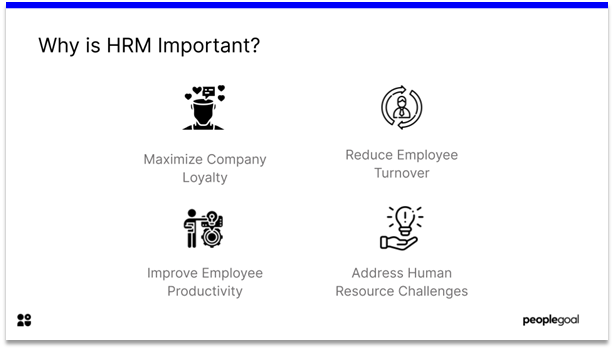
The Impact of COVID-19 on Human Resources Management
COVID-19 has had a huge impact on Human Resources Management. The pandemic came as a surprise and organizations were forced to adapt quickly. The biggest change has been the large-scale transition to remote working.
Click here for an in-depth guide for adapting to remote work 👈
What is Remote Working?
Remote working refers to employees completing their work from outside of the office. This became necessary as governments enforced lockdowns to reduce the spread of coronavirus. As a result, organizations were forced to create new Work from Home policies. This was important as it demonstrates to employees a commitment to their wellbeing and promotes a good work-life balance.
What are the Advantages and Disadvantages of Remote Working?
There are many benefits to working from home as employees are more engaged and perform better. Employees further feel that they are more productive, flexible and independent.
However, adapting to remote work has been difficult for many. The Society for Human Resource Management (SHRM) found that 71% of employers say that adapting to remote work has been a challenge. Many employees have seen increased micro-management as employers fear that remote work will negatively affect performance.
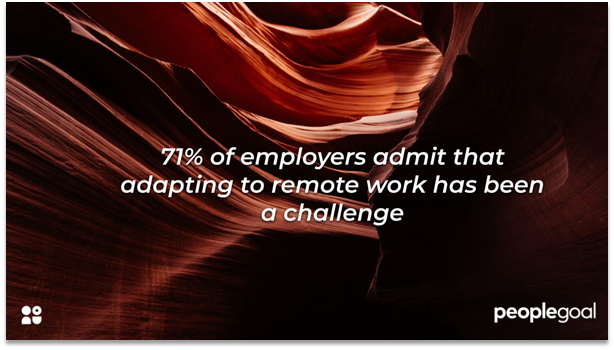
Click here to view our Work from Home Policy Sample 👈
HRM Changes to Onboarding
Throughout the pandemic, it became critical for HR Departments to find suitable candidates to join their organization and to make the onboarding process as easy as possible. All interviews and training programs had to be conducted online.
It is advantageous to recruit for remote positions as employees can be hired from new locations. More recruitment sites are using online job descriptions to attract prospective candidates.
For larger organizations, training occurs through live and recorded videos, virtual and augmented reality and other high-tech distance-learning methods.
HR Managers adapted to digitalisation by further using software to efficiently manage absence and leave requests.
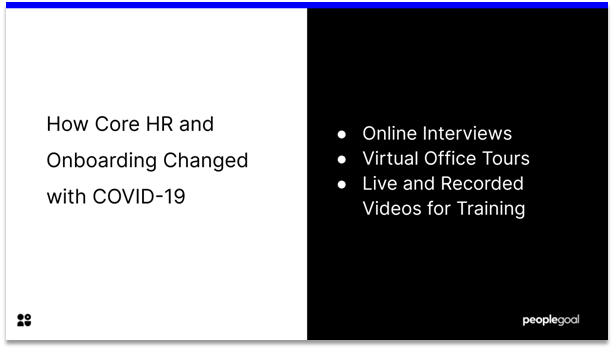
HRM Changes in Performance Management
Human Resources Management adapted their performance management strategies to track employee productivity using task management software. This determined what needed to be done and by whom and assigned tasks accordingly. Managers could receive task status updates to track employee performance.
It became even more important to regularly check-in with employees to discuss their felt performance and productivity. HR Departments greater valued communication with all members of an organization. Some teams started pair-wise working to allow for greater contact with people whilst working from home. This also increased the informal feedback given to employees by their peers.
Following COVID-19, HRM have encouraged the rethinking of KPIs which match the new reality of remote working.
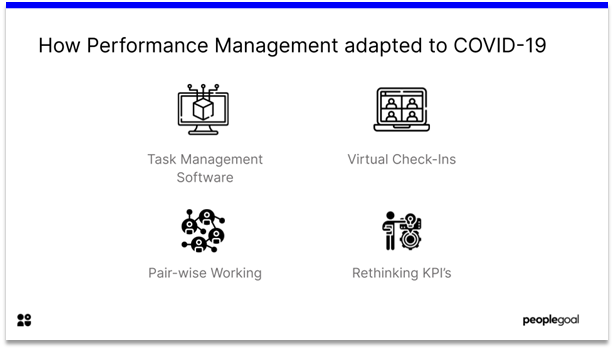
HRM Changes to Maximize Engagement
HR Departments keep employees motivated and engaged with the company. They measure how people feel about their peers, their managers and the general work environment. It became more important to have regular virtual check-ins to ask employees about their work-life balance and how they feel their organization supports them. Many companies sent their employees tips to support parents and advice on how to manage their mental health. It is vital to show employees that the organization values their wellbeing.
All meetings should also be conducted virtually with cameras turned on. This allows all members of a team to interact with one another and feel productive.
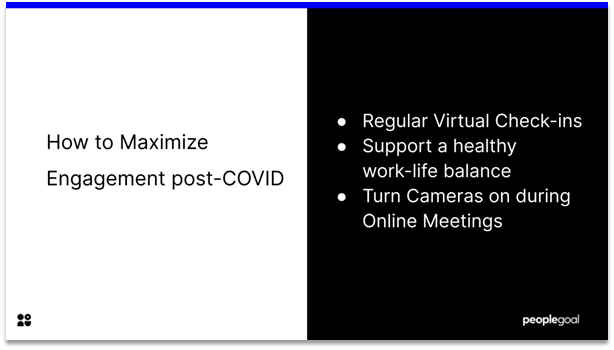
Diversity and Inclusion
D&I is integral to every company, so it has been critical for HR Departments to combat and prevent discrimination. Initially, the coronavirus pandemic started in South East Asia and HR Professionals have worked to prevent associated racial discrimination and harassment.
Gallup found that between February 2020 and February 2021, 2.3 million women had left the workforce compared with 1.8 million men. Whilst working from home, women felt more pressured to do domestic tasks and considered promotions to be less likely. HR Departments must therefore continue to promote gender equality within the workforce.
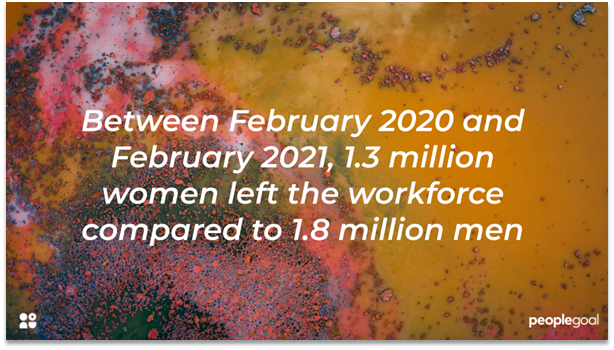
Check out our Guide on Diversity and Inclusion 👈
HRM Changes in Development and Training
It is important for HRM to consider training and development because their role is to motivate employees and maximise their performance. As people work remotely, it has been particularly important to train employees to use relevant business software and IT systems.
However, PwC found that only 23% of workers are learning new skills from their employers regarding technology. HR Departments will improve on this as they promote reskilling and upskilling. Employees can learn new transferable skills that are required for other positions and make them more resilient to change.
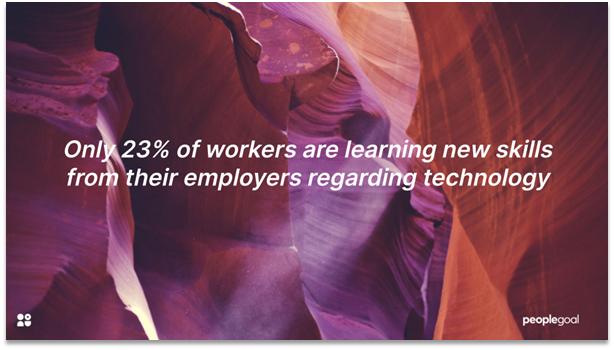
Practical Considerations for HRM Before Returning to the Office
COVID-19 has created the opportunity for HRM to change ways of working. As it becomes possible for employees to return to the workplace, it is vital that HRM consider:
- How to clean and disinfect touched surfaces?
- Will employees have to wear masks within the office?
- Will organizations require employees to be vaccinated?
- Will hand sanitizer be provided?
- How will business travel be affected?
- How will hot desking arrangements be made?
It is likely that many employees will choose to adopt a flexi-time approach where some days they will work from home and others they will go into the office. Gartner found that 82% of company leaders plan to allow their employees to work remotely some of the time.
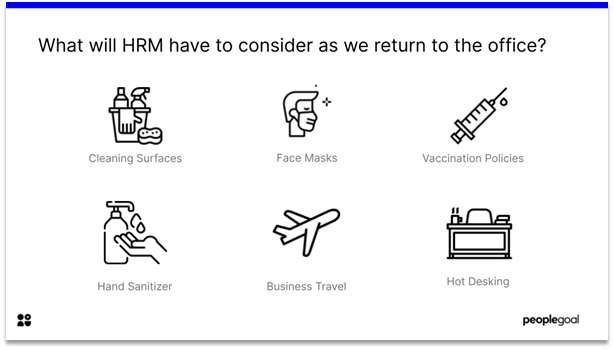
To Sum Up
COVID-19 has affected Human Resources Management practices as remote working became the norm. As we transition out of lockdowns, more people will start hybrid working.
HR Departments have adapted to this by digitalizing many of their processes:
- Onboarding has been made easier with virtual interviews and training
- Performance Management uses more quantitative and qualitative data and task management software
- Engagement is maximised through regular check-ins with a renewed focus on D&I
- Development and Training is conducted virtually
As people move back to the office, HR managers will need to consider:
- The use of face masks
- Vaccination policies
- cleaning and sanitization processes
Ready to 3x Your Teams' Performance?
Use the best performance management software to align goals, track progress, and boost employee engagement.


